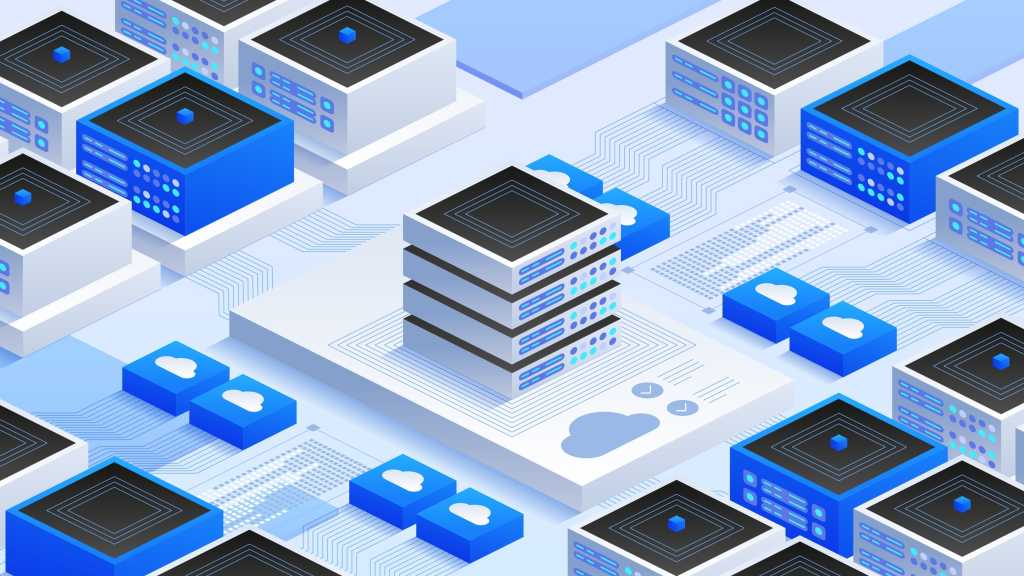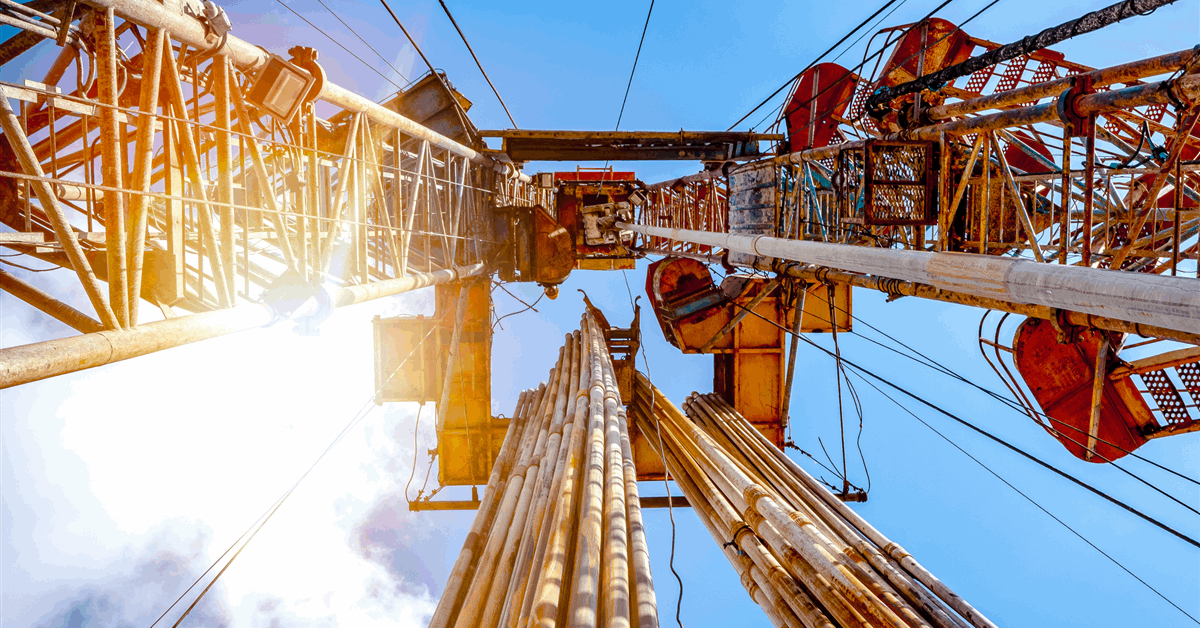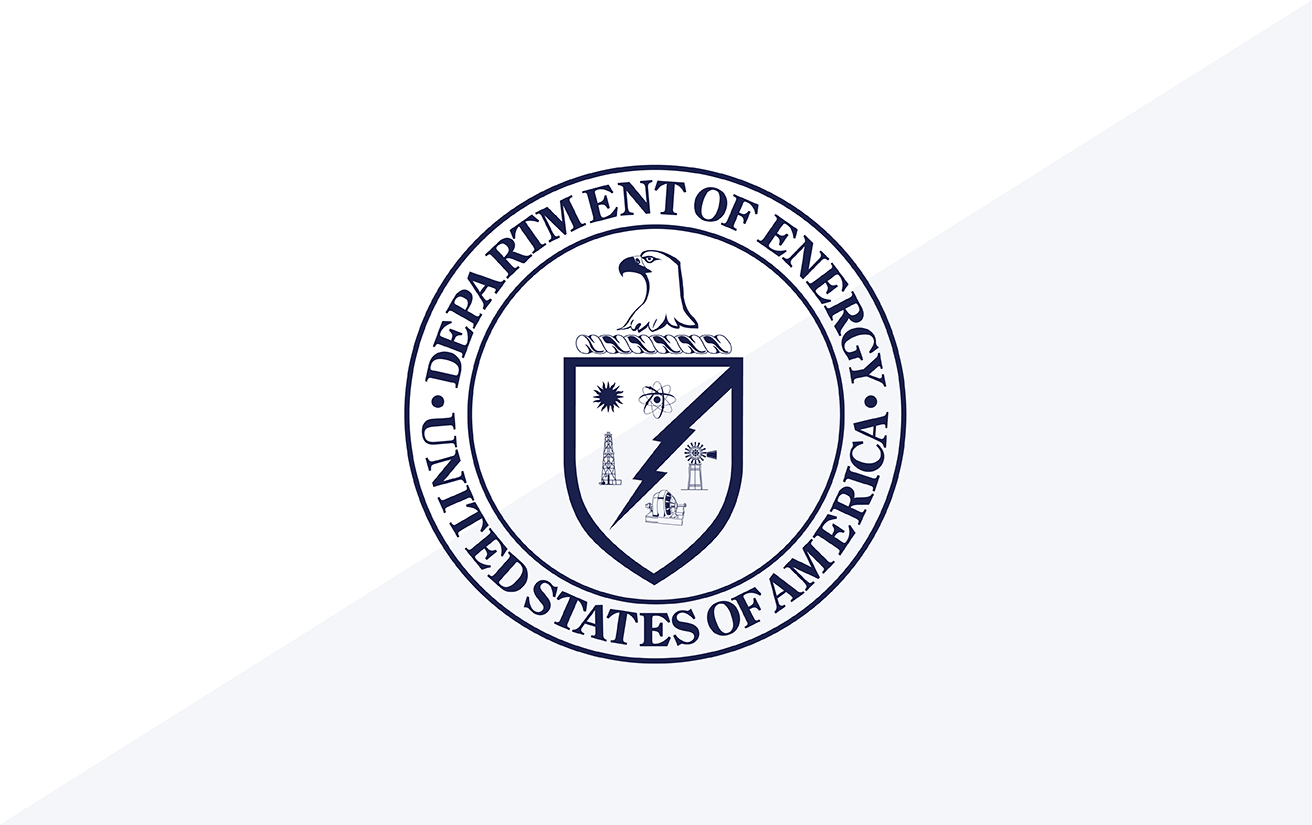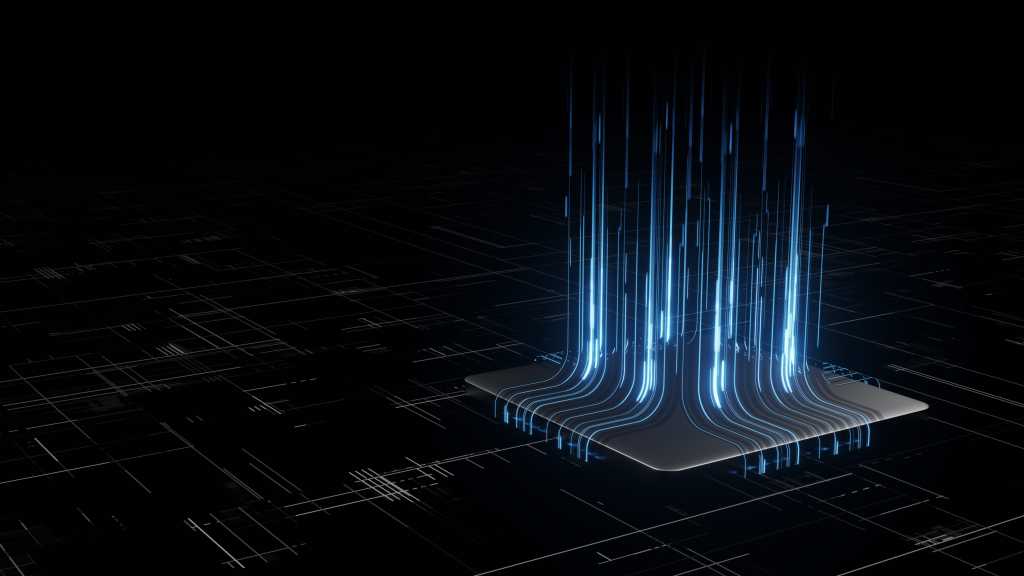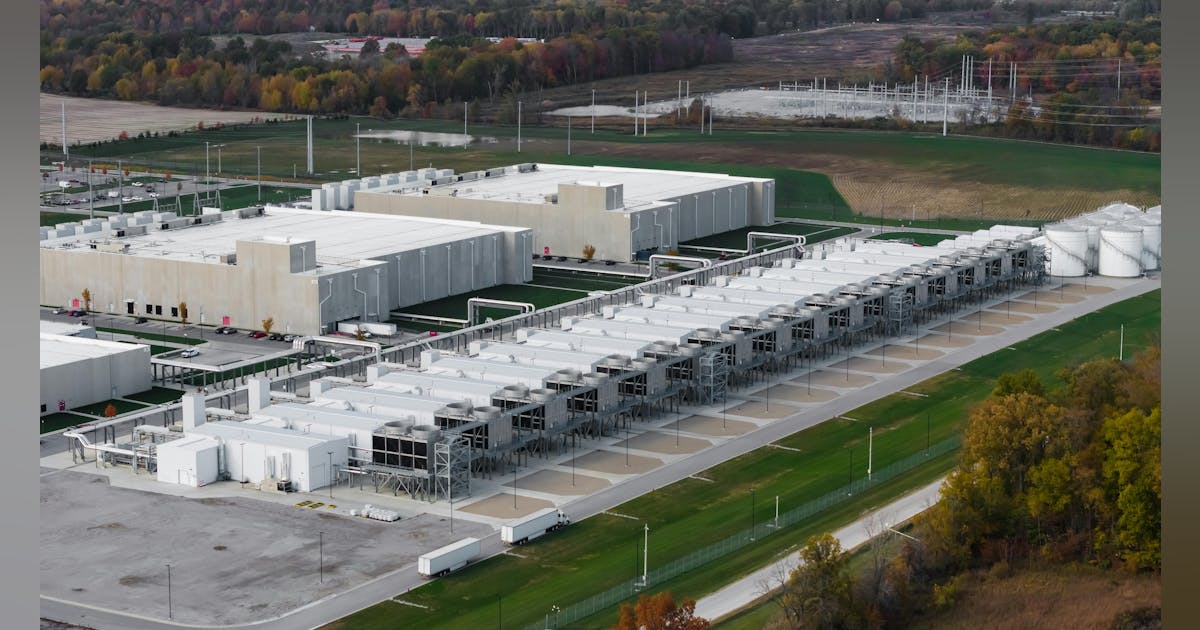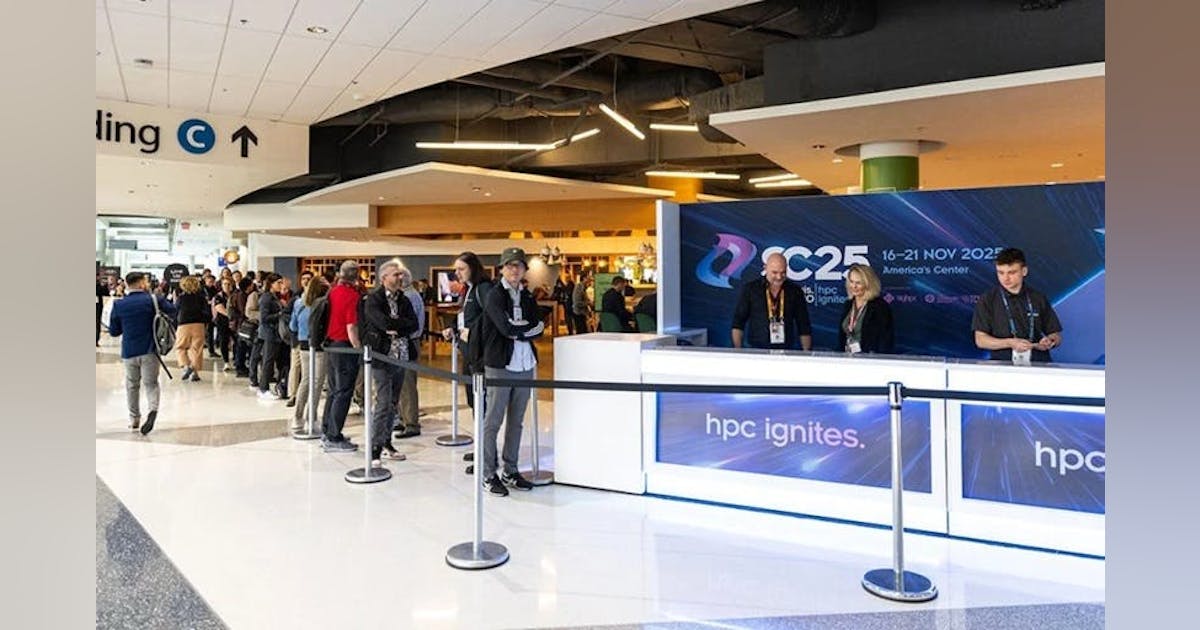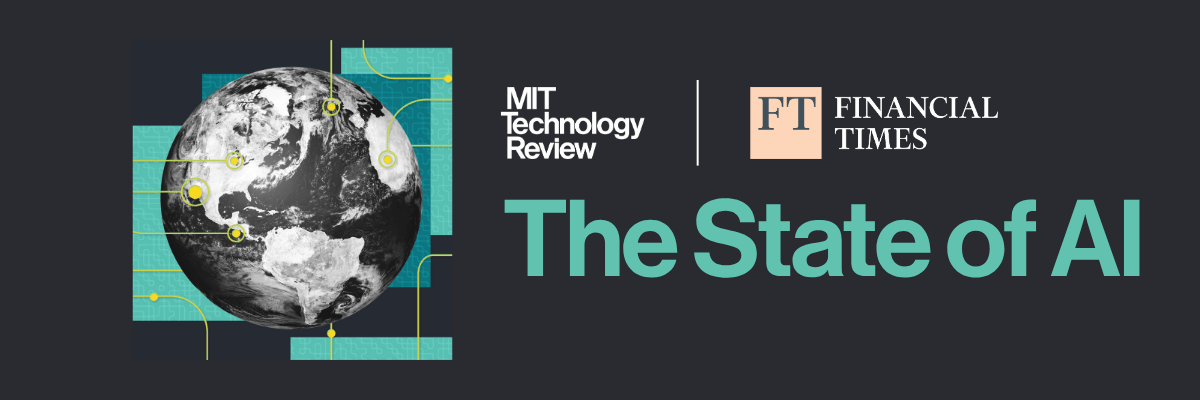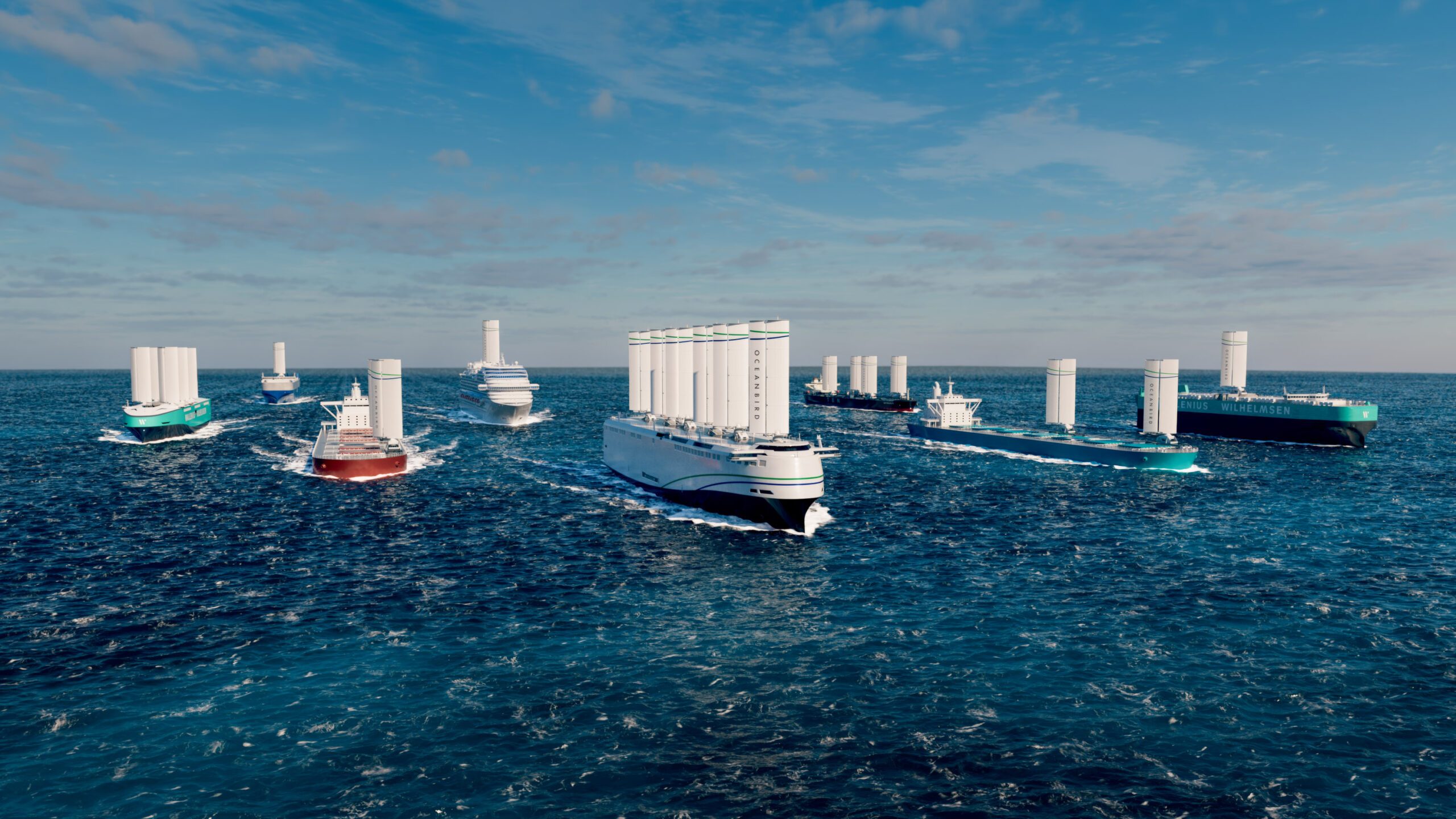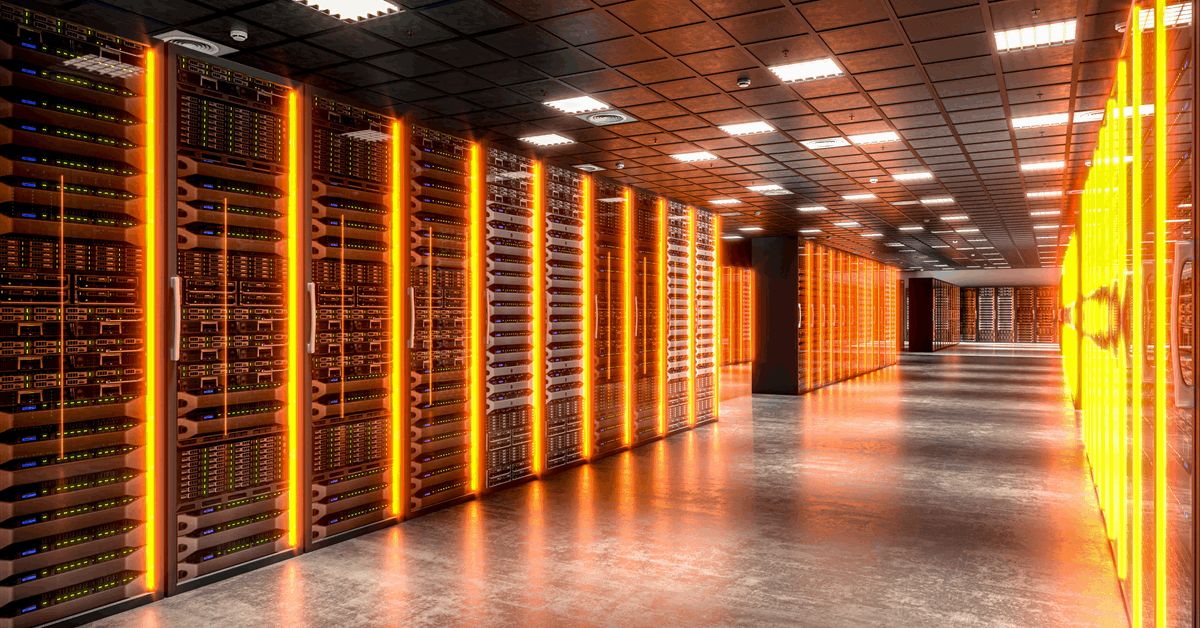
In a recent joint release, Chevron U.S.A Inc. and Engine No. 1 announced “the formation of a partnership to build a new company to develop scalable, reliable power solutions for U.S. based data centers running on U.S. natural gas”.
The release highlighted that the joint development is “in conjunction with GE Vernova” and “aims to establish the first multi gigawatt-scale co-located power plant and data center during President Trump’s second term”.
The first projects are expected to leverage seven U.S. made GE Vernova 7HA natural gas turbines, secured under a slot reservation agreement, on an accelerated timeline, the release noted. The projects are expected to serve co-located data centers in the U.S. Southeast, Midwest, and West regions, the release added, stating that power generation is not designed to flow initially through the existing transmission grid, “reducing the risk of increasing electricity prices for consumers”.
According to the release, the joint development plans to deliver up to four gigawatts, “the equivalent of powering 3-3.5 million U.S. homes, with initial in-service targeted by the end of 2027 and potential for project expansion beyond this capacity”. The release noted that the projects are expected to be designed with the flexibility to integrate lower carbon solutions.
The release said the companies’ plans directly address the need for affordable, reliable energy to meet the significant demand for electricity to power U.S. data centers, enabling current and future generations of AI to be developed in the United States.
The joint release also stated that the joint development is expected to create thousands of jobs and help the reindustrialization of the United States.
Rigzone has asked Chevron, Engine No. 1, and GE Vernova what kind of jobs these are likely to be and roughly when recruitment will take place. At the time of writing, none of the companies have responded to Rigzone yet.
“We are proud to play our part in bringing to fruition President Trump’s vision for a new American golden age, powered by our enormous energy resources and unrivaled workforce,” Mike Wirth, chief executive officer and chairman, Chevron Corporation, said in the release.
“President Trump’s pro-American energy policies and commitment to energy and AI dominance give us the confidence to invest in projects that will create American jobs and strengthen our national security,” he added.
Chris James, founder and chief investment officer of Engine No. 1, said in the release, “energy is the key to America’s AI dominance”.
“By using abundant domestic natural gas to generate electricity directly connected to data centers, we can secure AI leadership, drive productivity gains across our economy, and restore America’s standing as an industrial superpower,” he added.
“This partnership with Chevron and GE Vernova addresses the biggest energy challenge we face,” he continued.
Scott Strazik, chief executive officer at GE Vernova, said in the release, “we are excited to enable the advancement of data center growth in the U.S. by supporting delivery of critical power needs to customers using innovative solutions”.
“GE Vernova is uniquely positioned to provide the energy systems and support required to make this large-scale endeavor possible, as the leading U.S. energy manufacturer,” he added.
In a separate release posted on its website on Wednesday, GE Vernova said it is planning to invest nearly $600 million in its U.S. factories and facilities over the next two years to help meet the surging electricity demands around the world.
The new investments are expected to create more than 1,500 new U.S. jobs, according to the release. GE Vernona noted in the release that the new investments are the first part of a larger $9 billion cumulative global capex and R&D investment plan through 2028 that was announced at the company’s investor update on December 10.
An executive order published on the White House website on January 23 states that it “revokes certain existing AI policies and directives that act as barriers to American AI innovation, clearing a path for the United States to act decisively to retain global leadership in artificial intelligence”.
To contact the author, email [email protected]


